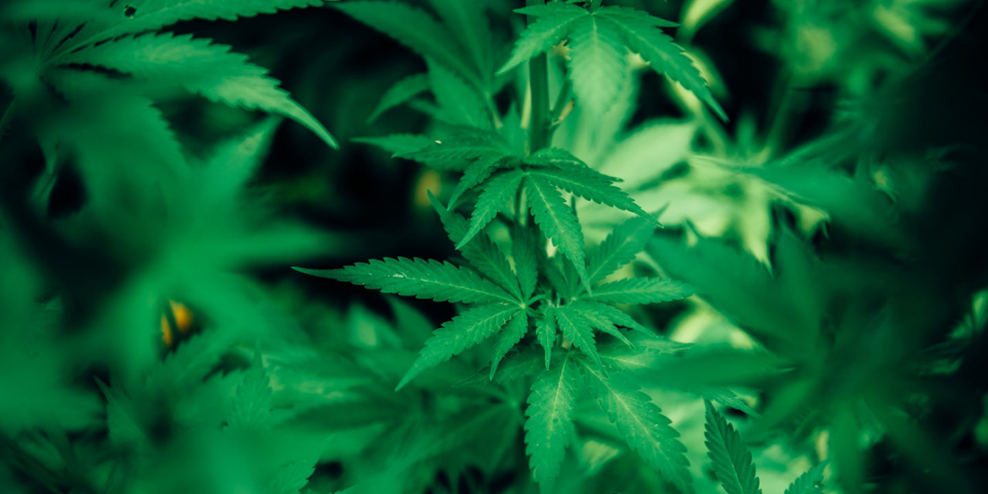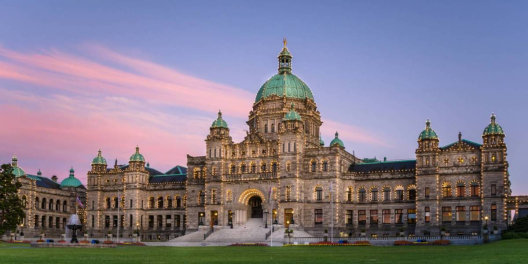A price war on pot is putting the squeeze on small, independent shops. And it’s playing into the hands of cannabis corporations.
Big surprise, right?
According to a November report from Deloitte Canada, the average price for cannabis was $11.78 per gram in 2019, shortly after legalization. But it plummeted to $7.50 per gram in 2021.
Consumers are loving it. Who doesn’t love when their stuff goes on sale?
But small businesses are not so happy, says Jaclynn Pehota, executive director of the Association of Canadian Cannabis Retailers.
She calls it a “race to the bottom.”
“It is impossible for a privately-held small business to compete with a national, publicly-traded company that is backed by international funding,” she told Tara Deschamps for The Canadian Press.
“It is a ludicrous proposition.”
Lisa Campbell is the CEO of the cannabis marketing company Mercari Agency. She told The Canadian Press that some small pot retailers invested everything they had to get their stores off the ground.
“There’s a lot of independent retailers who have mortgaged their house, they put all their savings into their store, and it’s such an over-saturated competitive market.”
According to industry analysts, big publicly traded corps like Aurora Inc. and Canopy Growth are using reward programs and price-slashing to squeeze out small dispensaries.
The boom in pot shops isn’t helping.
Since the federal government signed the Cannabis Act into law in June of 2018, the BC government has licensed approximately 420 cannabis retailers (ha ha ha).
The Vancouver Island/Powell River/Gulf Islands region is home to 101 cannabis retailers, with more than 20 stores in Victoria alone.
According to a provincial government survey, more folks in BC are using cannabis. Or at least, more people are willing to share that they use cannabis. And most of them are filling their stash from legal shops.
That’s generally good news for local cannabis retailers like Tseshaht-owned Orange Bridge Cannabis outside Port Alberni. But even they have to compete with big government shops that can sell their goods at a lower cost.
And let’s face it. They’re all selling more or less the same stuff. It’s different strains of cannabis with slightly different flavours and THC profiles.
Despite the hype, it’s the same herb that mom-and-pop grow-ops grew for decades before legalization. And the underground scene hasn’t exactly gone away.
The result? Standing out from the crowd has never been more challenging for a pot retailer.
It’s a lot like coffee, says Campbell.
She thinks many of the big cannabis chains are taking the Starbucks approach. They flood the market with stores, and eventually cut out the competition and monopolize the market.
That market is expected to push $9 billion in nationwide sales by 2027.
That’s a lotta weed.
But shouldn’t small, local businesses be allowed to get in on a growth industry?
Shouldn’t the neighbourhood weed plug get a chance to go straight?










